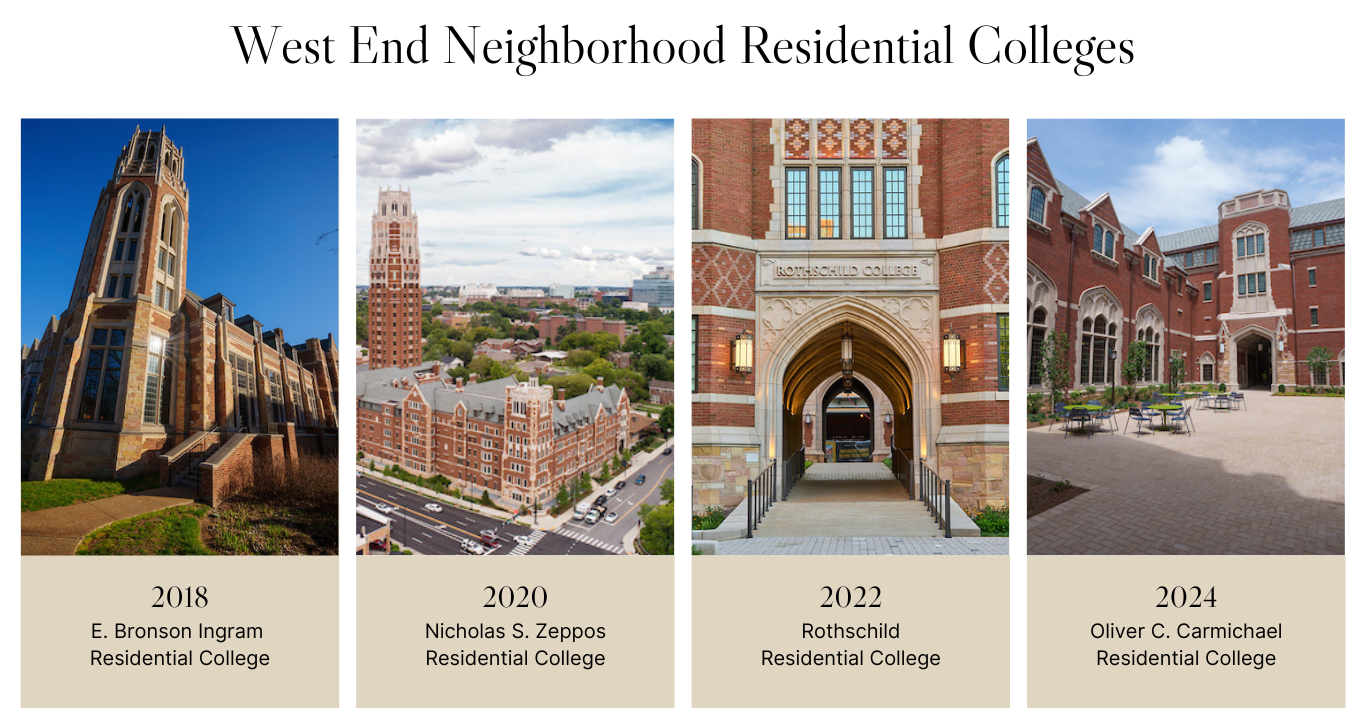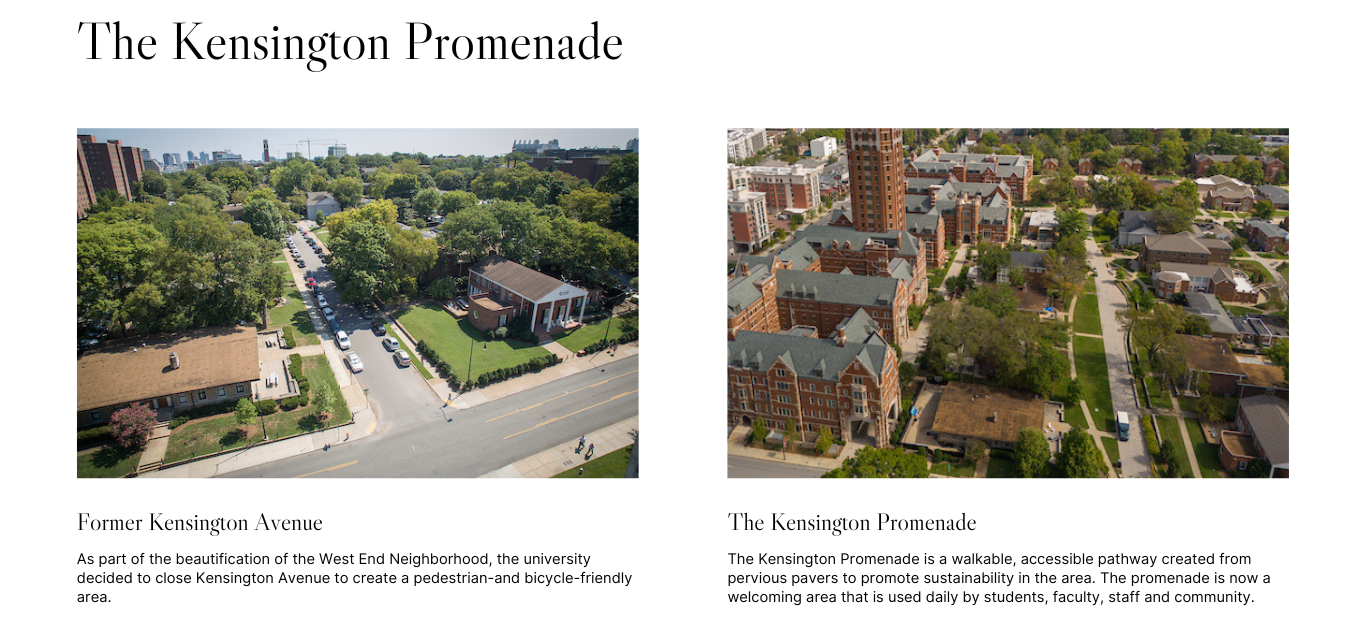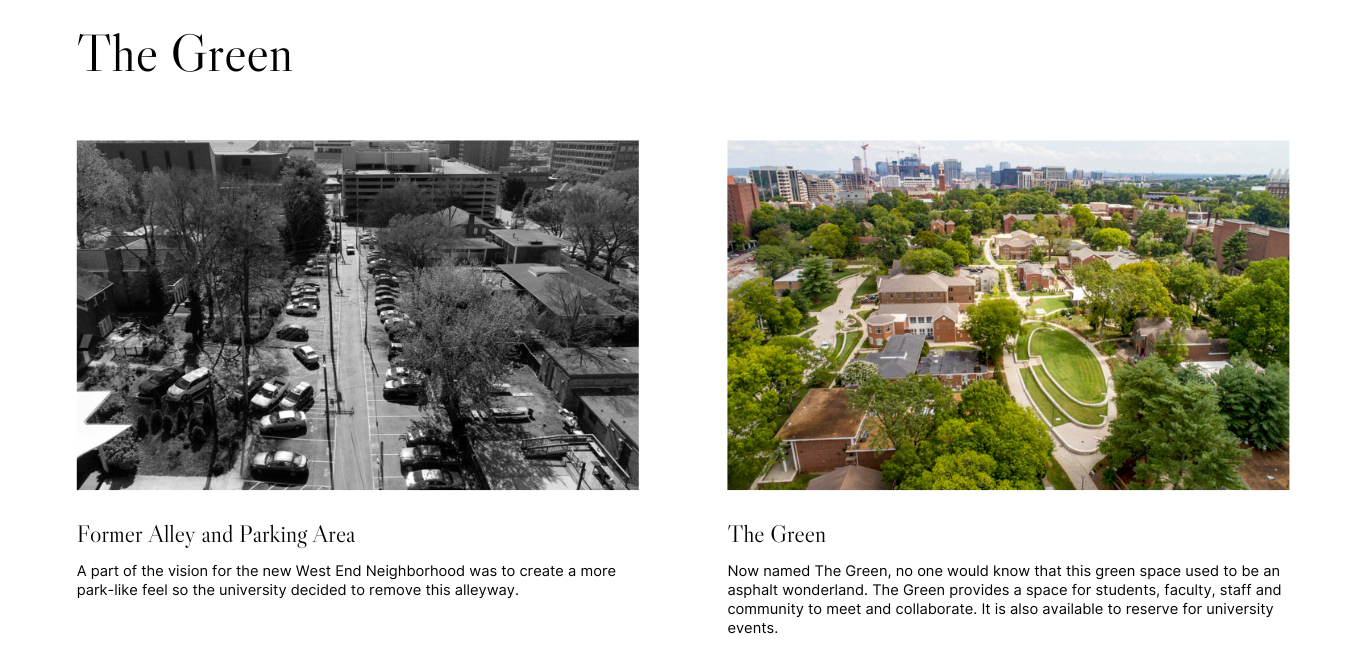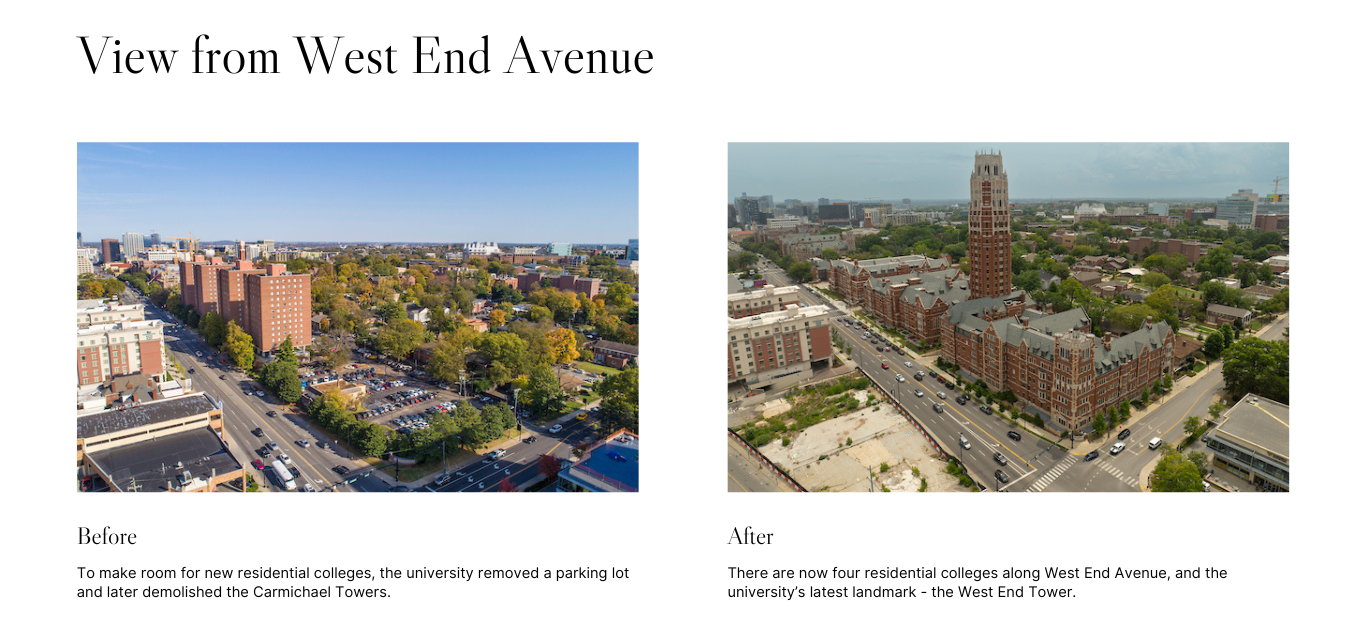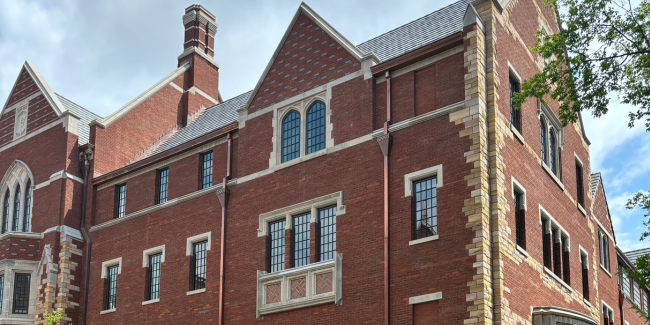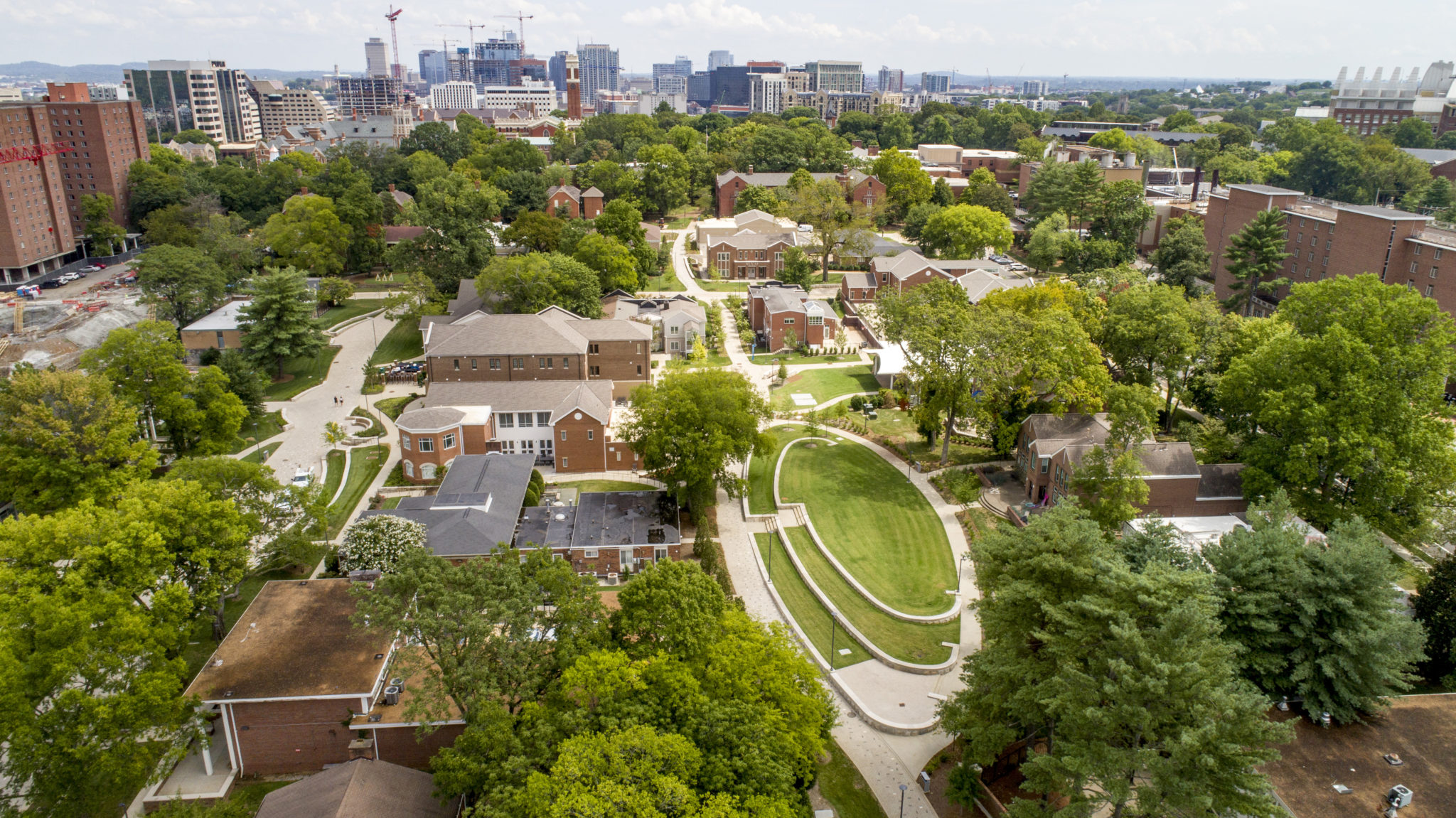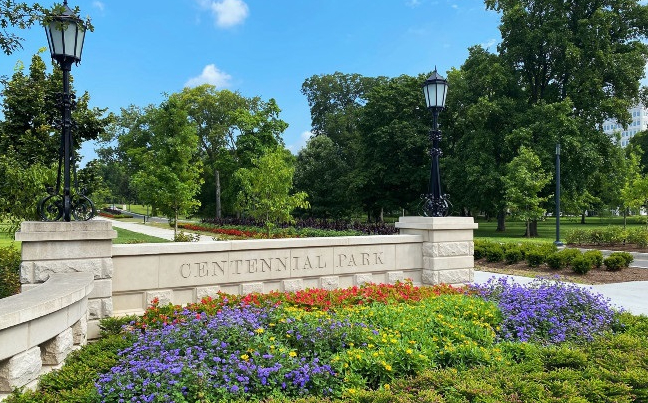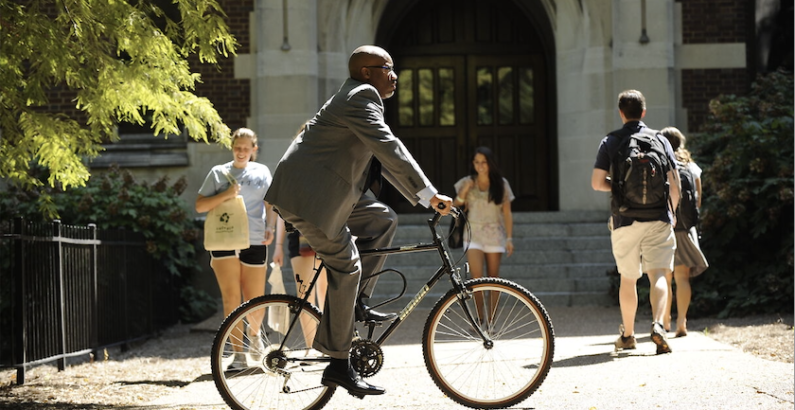West End Neighborhood
The West End Neighborhood was transformed from vehicular streets and alleyways into an area that promotes the university’s core values and holistic approach to its mission of teaching, research and service. Guided by the university’s FutureVU initiative, the design of the neighborhood, including four residential colleges, prioritized inclusivity and sustainability.
Beginning with the construction of E. Bronson Ingram Residential College at the edge of the West End Neighborhood, Vanderbilt extend its residential colleges along West End Avenue with the construction of Nicholas S. Zeppos, Rothschild and Oliver C. Carmichael colleges.
Residential Colleges
The Transformation
The Planning Process
The West End Neighborhood was designed as an example of the value Vanderbilt places on extending learning beyond the classroom. The expansion of the residential college model is an important pillar of the university’s Academic Strategic Plan.
The university removed the Carmichael Towers to make space for the new residential colleges and extended the Greek Row neighborhood by renovating and constructing new facilities for the student organizations. A highlight of the additions to the Greek Row area was the construction of the National Pan-Hellenic Council House, which opened to members in 2019.
The beautification of the neighborhood was designed to make Vanderbilt’s campus more welcoming to the nearby Nashville community. It also set forth the idea to create more outdoor spaces for the Vanderbilt community to enjoy and collaborate. The university removed sections of Kensington and 24th Avenue South avenues and an alleyway with parking spaces. These avenues were redesigned using sustainable impervious materials, and the alleyway was transformed into The Green, a bookable outdoor event space for the community.
Before and After – Fly-Through Conceptual Views


